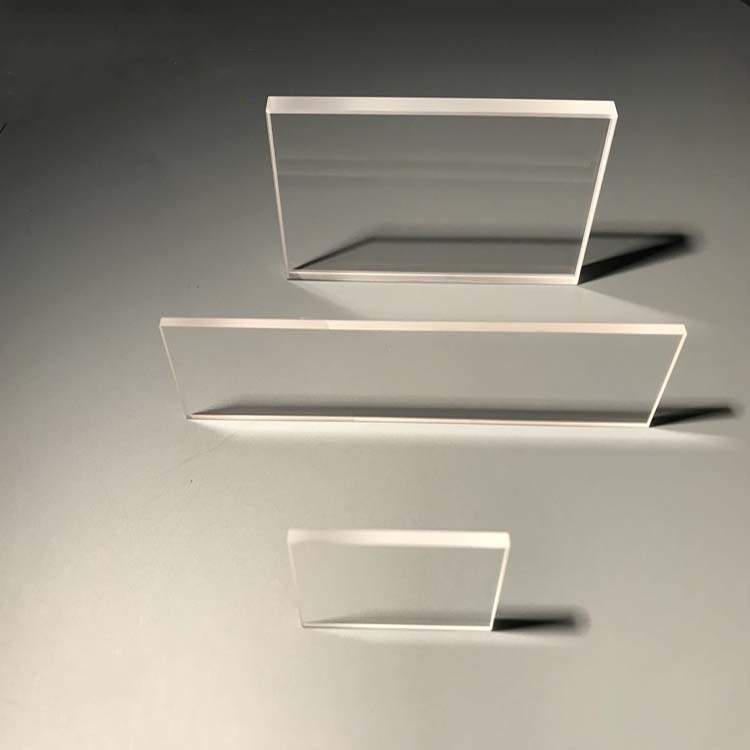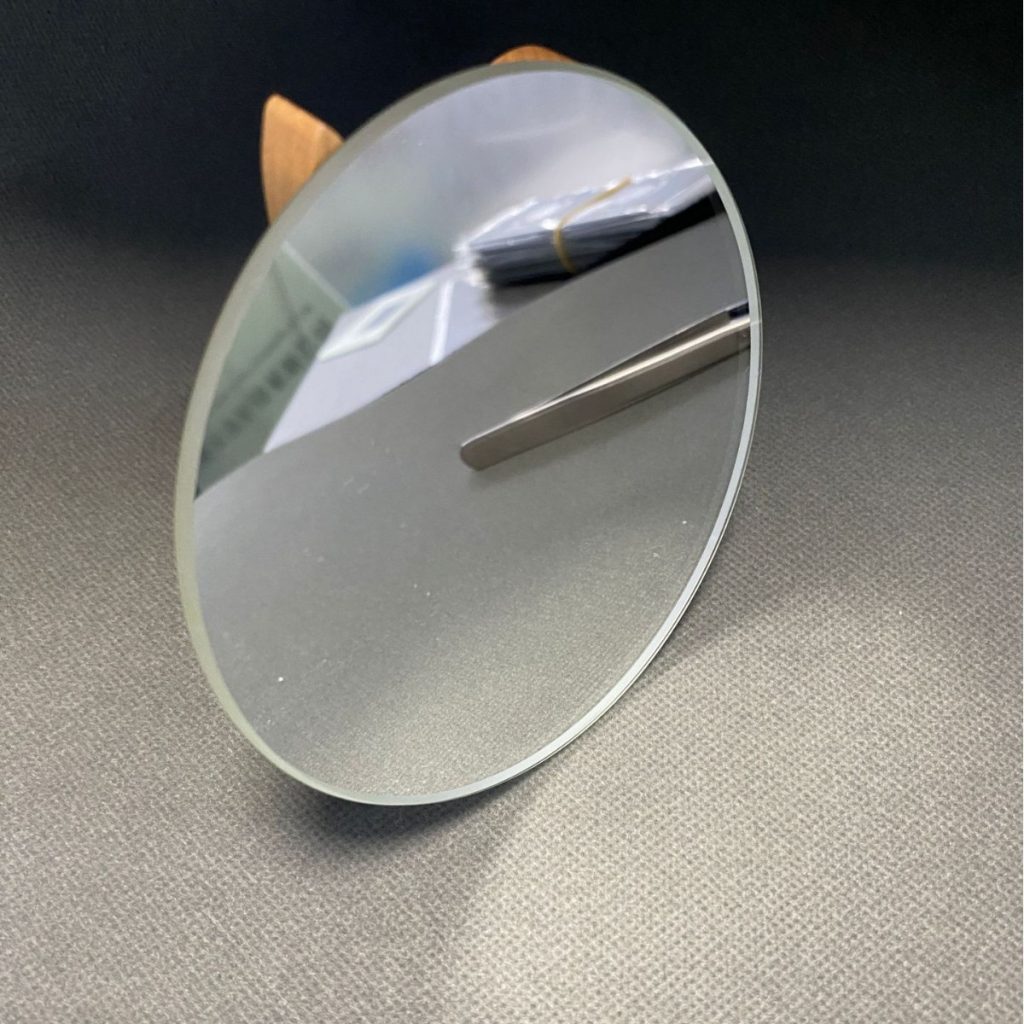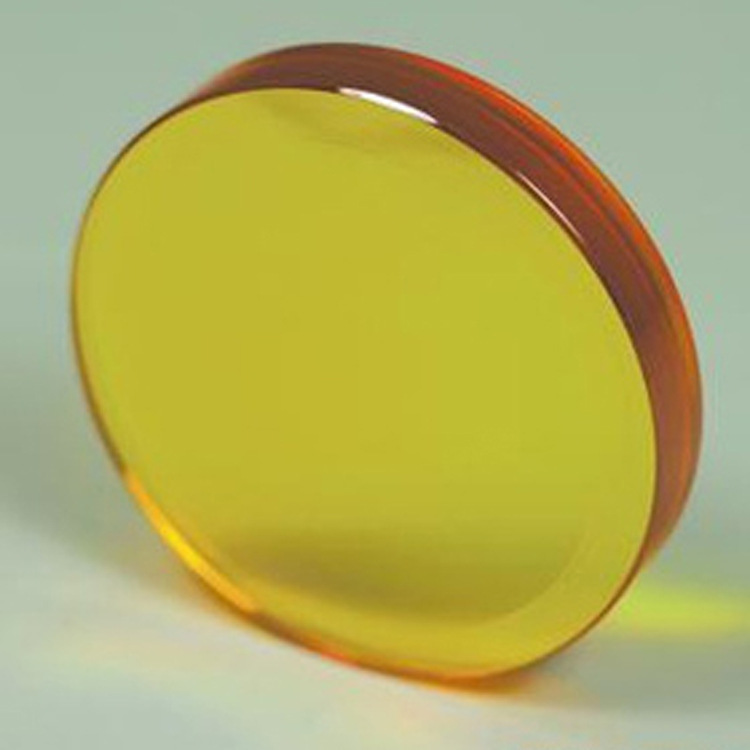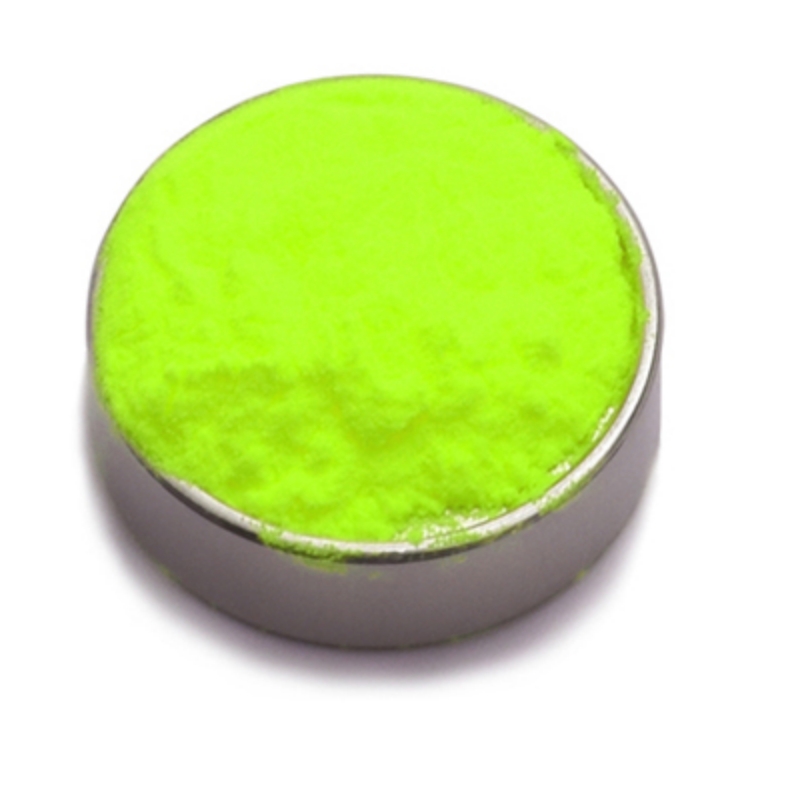Zinc selenide rectangular window is a high-performance optical component known for its excellent infrared transmission, low absorption, and chemical stability. Manufactured from ZnSe, this material provides superior optical clarity, making it ideal for laser systems, infrared imaging, aerospace applications, and scientific instrumentation. Its durability, resistance to environmental factors, and broad spectral range ensure reliable performance in demanding optical and industrial environments.
Product Overview
The Zinc Selenide (ZnSe) rectangular window is an optical component made from high-purity zinc selenide material, widely used in optical systems to protect internal components from external environmental influences. It boasts high light transmittance, high anti-reflective properties, and excellent thermal stability, making it particularly suitable for infrared optical systems. Zinc Selenide window plates are commonly used in devices like lidar and spectrometers, serving as light transmission or reflective elements.
Key Features
- High Light Transmittance: Offers excellent transmittance in both visible and infrared wavelengths, suitable for a wide range of optical systems.
- High Anti-Reflective Properties: Reduces light loss, improving optical transmission efficiency.
- High Thermal Stability: Can withstand significant temperature fluctuations, ensuring stable, long-term performance.
- Low Absorption and Low Reflectance: Exhibits excellent optical performance across a broad wavelength range.
- High Laser Damage Threshold: Suitable for high-power laser applications, capable of withstanding laser irradiation.
Applications
- Lidar: Used as window material in lidar systems, ensuring efficient signal transmission and accuracy.
- Optical Sensors: Serves as protective windows in various optical sensors, ensuring stable long-term operation of the equipment.
- Spectrometers: Used in spectroscopic instruments, providing efficient light transmission.
- Infrared Optical Systems: Applied in infrared imaging, detection, and communication systems, serving as windows, lenses, and other optical components.
- Lasers: Utilized as optical elements in laser systems, enhancing performance and transmission efficiency.
| Physical Property | Value |
| Crystal Structure | Cubic |
| Density | 5.27 g/cm³ |
| Resistivity | ~10¹² Ω·cm |
| Melting Point | 1525 ℃ |
| Chemical Purity | 100.00% |
| Thermal Expansion | 7.1×10⁻⁶ @ 273K |
| 7.8×10⁻⁶ @ 373K | |
| 8.3×10⁻⁸ @ 473K | |
| Thermal Conductivity | 18.0 W/(m·K) @ 298K |
| Specific Heat Capacity | 0.339 J/(g·K) @ 298K |
| Knoop Hardness | 110 kg/mm² |
| Bending Strength | 55 MPa |
| Young's Modulus | 67.2 GPa |
| Poisson's Coefficient | 0.28 |
| Optical Property | Value |
| Transmission Range | 0.5-22 μm |
| Refractive Index Inhomogeneity | <3×10⁻⁶ @ 632.8μm |
| Absorption Coefficient | 5.0×10⁻³ /cm @ 1300nm |
| 7.0×10⁻⁴ /cm @ 2700nm | |
| 4.0×10⁻⁴ /cm @ 3800nm | |
| 4.0×10⁻⁴ /cm @ 5250nm | |
| 5.0×10⁻⁴ /cm @ 10600nm | |
| Thermal Light Coefficient | 1.07×10⁻⁴ @ 632.8nm |
| 7.0×10⁻⁵ @ 1150nm | |
| 6.2×10⁻⁵ @ 3390nm | |
| 6.1×10⁻⁵ @ 10600μm |
| Parameter | Range |
| Diameter Range | 2-300 mm |
| Thickness | 0.12-60 mm |
| Surface Finish | 80-50, 60-40, 40-20, 20-10, 10-5 |
| Surface Accuracy | λ/2, λ/4, λ/8, λ/10 |
| Parallelism | <3' - 30" |
| Aperture Transmission | >90% |
| Coating | Customizable |
Submit Your RequirementsWe will contact you within 24 hours.
 WOBO Scientific Research New Materials One-Stop Service Platform
WOBO Scientific Research New Materials One-Stop Service Platform











